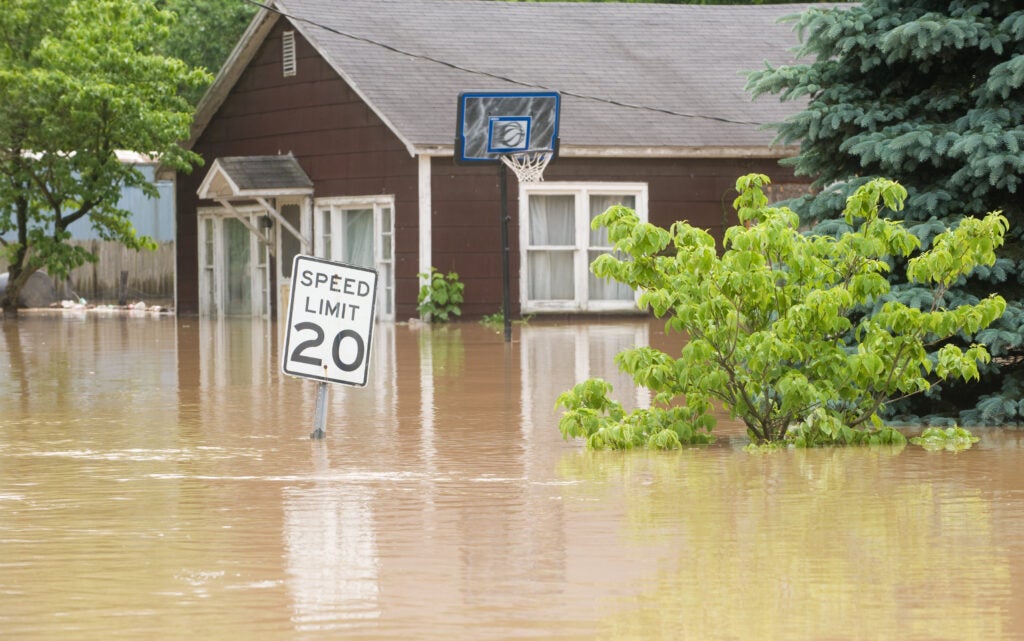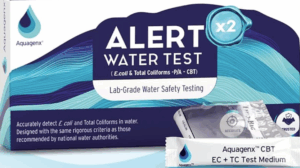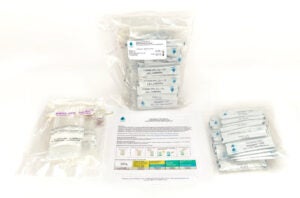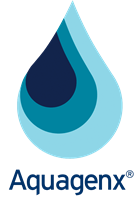How Well Water Can Become Contaminated
 If you rely on a well for drinking water, it’s important to understand potential ways water can become contaminated. It’s important because private well owners are responsible for protecting their drinking water, as well water is not regulated and maintained by public water utilities or governments.
If you rely on a well for drinking water, it’s important to understand potential ways water can become contaminated. It’s important because private well owners are responsible for protecting their drinking water, as well water is not regulated and maintained by public water utilities or governments.
The first thing to understand, is what is well water? Well water is groundwater under the surface of the earth. It might be tempting to think because groundwater is beneath the surface, it is safe and free from potential pollutants and contaminants. This is not true, and groundwater safety should not be taken for granted.
Well water can become contaminated by environmental sources and human activities. As a result, well water can pose serious health risks. The following are examples of each.
Human Activities
Agricultural Runoff
- According to the U.S. Geological Survey, about 40 percent of the land in the United States is used for agriculture. Agricultural chemicals move into and through every component of the hydrologic system (fluids and liquids in motion), including air, soil, soil water, streams, wetlands, and groundwater.
- Fertilizers and pesticides don’t remain on the surface of the ground. Runoff transports these contaminants into local streams, rivers, and groundwater.
- When land is converted to agricultural use it is optimized for agricultural production that can impact water quality.
Confined Animal Feeding Operations
- If fecal waste from these facilities is released, it can potentially find its way into runoffs can enter surface and groundwater
Livestock Waste Storage Pits
- Animal fecal waste (poop) storage pits is not structurally sound and allows fecal waste to seep through the soil into groundwater
- Animal waste comes into contact with runoff and other water sources that enter groundwater
- Waste storage pit is located too close to drinking water wells or are in a floodplain
Poorly constructed or damaged wells
- Poor sanitary protection at the top of the well or no sanitary seal
- Well lined with poorly sealed brick, stone, or tile, or has unsealed covers
- Improperly sealed well casing where contaminated water seeps into the aquifer
- Well casing that doesn’t extend far enough above the ground’s surface
- Well casing ends in a basement, pit, or another area prone to flooding or seepage
- Well casing with a non-complying depth that enables contaminated near-surface water to enter a well
- Corroded well casings that allow water to seep into the well from holes or cracks
- Substandard, old stove-pipe casings that allow near-surface water to infiltrate the well
- Poorly installed well cap that lets insects and small animals enter the well
Faulty septic systems
- Poorly maintained, leaking or malfunctioning septic systems can release fecal bacteria, viruses, and chemicals into groundwater
- Septic system is located too close to the well, introduces potential for fecal seepage
Industrial and Municipal Waste
- Factories that produce and release chemicals, metals and industrial solvents into groundwater
- Mining operations whose extractive processes might introduce heavy metals and acidic drainage into groundwater and surface waters
- Landfills that are poorly managed can leach hazardous substances into groundwater over time
- Poor stormwater management can carry pollutants from urban areas into water supplies
- Construction activities can disturb soils and release contaminants into groundwater
Environmental Sources
- In the wake of natural disasters such as flooding, hurricanes, tornadoes and earthquakes, sewage, septage and animal waste are sources of fecal bacteria that find their way into groundwater
- Natural sources of contamination such as iron, fluoride and arsenic can enter groundwater. Some of these sources are harmless in low quantities but others are dangerous if consumed in large amounts.
Responsibilities of Well Owners
Conscientious well owners should ensure the proper maintenance and operation of their well, well head, septic system and water treatment system. Regular water quality testing is essential to monitor the safety of your water. If you live in an agricultural area or an area with livestock and confined animal feeding operations, monitoring your water quality takes on an extra dimension of care.
All well owner’s whose surrounding area experiences severe flooding and other natural disasters must test water quality more often. In the wake of a disaster, fecal E. coli bacteria find their way into drinking water sources and supplies, including groundwater. The greatest bacteriological waterborne risk to human health is fecal bacteria, paticularly E. coli, in water.
Key Terms
Hydrolic: fluids and liquids in motion
Groundwater: water below surface of the Earth
Fecal Waste: solid bodily discharge from human and animals (poop/stools)
Sewage: liquid and solid waste (poop) carried in sewers
Septage: excrement (poop) and other waste material contained in or removed from a septic tank
Aquagenx Well Water Test Kits
Buy on Amazon & Walmart
Buy kits that contain 2, 5, or 10 tests

Buy In Bulk from Aquagenx
Buy kits that contain 25, 50 or 100 tests

